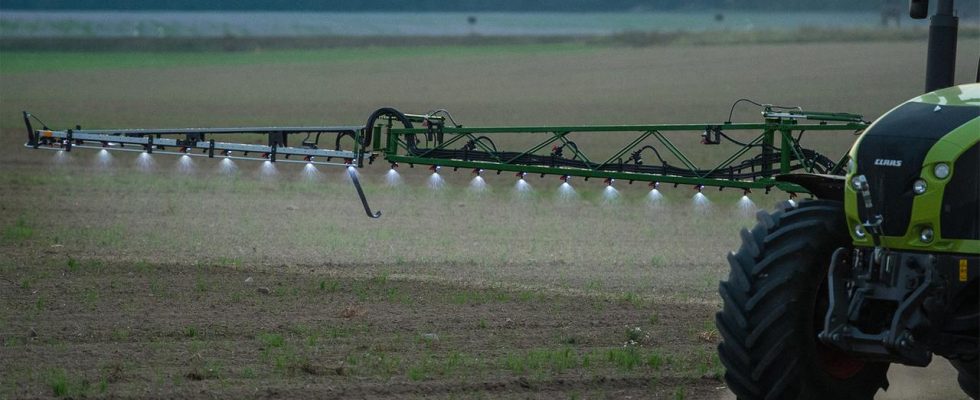background
Glyphosate is the best-selling herbicide in the world. The decision will be made today as to whether it can continue to be used in the EU. As critics and supporters of the active ingredient argue.
Stephan Obermaier has been working without a plow for almost 20 years. This is good for the soil and good against erosion. But in the opinion of the farmer from Leiblfing in the Straubing-Bogen district in Bavaria, only glyphosate works. This kills cover crops and weeds in the spring before sowing. The dead plant parts and roots stabilize the soil structure. The soil in his field is porous, like a sponge, and can store a lot of water.
On the other hand, if he processes cover crops and weeds mechanically, for example by pulling them out with a harrow, the ground remains uncovered and the soil could be washed away in heavy rain. For conventional farmers, the use of glyphosate is therefore erosion and flood protection.
Where the herbicide can be used
Glyphosate has been approved in Germany since 1975. Anyone who wants to inject it must adhere to strict guidelines. Farmers need an exam and a refresher course every two years to prove their expertise.
Glyphosate may only be used under certain circumstances, for example on areas at risk of erosion or on fields with particularly stubborn weeds such as thistle. It is generally forbidden in water protection areas, as is now the case for hobby gardeners who were still able to buy the spray until two years ago.
What is green dies
Glyphosate is not a product, but the active ingredient in a total herbicide. All green parts of the plant absorb it, it spreads throughout the plant and it dies. Wherever it is sprayed, everything that is green dies. Insects lose their source of food. But the dangers to insects from glyphosate are even greater, according to Sophia Guttenberger from the Environmental Institute in Munich. She points to studies that prove that wild bees, honey bees and lacewings are directly harmed by glyphosate.
In wild bees, for example, learning and memory are strongly influenced, says Guttenberger. Therefore, they find it more difficult to navigate their environment and have difficulty finding their way back to their brood and carrying the food home, which can lead to the death of the brood and the bees. As a result, glyphosate contributes directly to the extinction of species, says the biologist.
Is glyphosate carcinogenic?
Glyphosate is sprayed; The fine droplets spread via the wind and subsequently via streams and rivers everywhere. Although it is forbidden to use glyphosate in nature reserves, it has also been found there – far from fields. Glyphosate can be detected in pasta, beer, bread and even human urine – although in extremely small amounts.
Is it carcinogenic as many claim? Toxicologist Peter Clausing from the pesticide action network PAN Germany cites five mouse studies and various rat studies in which increased tumor rates were found, for example kidney tumors in three different mouse studies. His conclusion is therefore that glyphosate is also carcinogenic in humans. The International Agency for Research on Cancer (IARC) of the World Health Organization (WHO) also saw this in 2015 and classified glyphosate as “probably carcinogenic”.
The European food authority EFSA recently came to a different assessment. She evaluated around 2,400 scientific studies on glyphosate over three years. The EFSA sees “no critical problem areas” for people or the environment. She recommended continued approval – under strict conditions.
Organic farmers also practice erosion control
Farmer Obermaier does not believe that glyphosate is dangerous to him or the environment when used correctly. For him, a ban would be a step backwards in erosion and flood protection: fatal in view of climate change and increasing heavy rain events.
But is glyphosate really the only solution? Erosion protection is also practiced in organic farming – without glyphosate. There, for example, they rely on cover crop mixtures that freeze over the winter and therefore do not require any tillage before sowing. Different crop rotations are used than in conventional agriculture and you work with undersown crops, for example clover under grain, so that the ground also remains covered.

